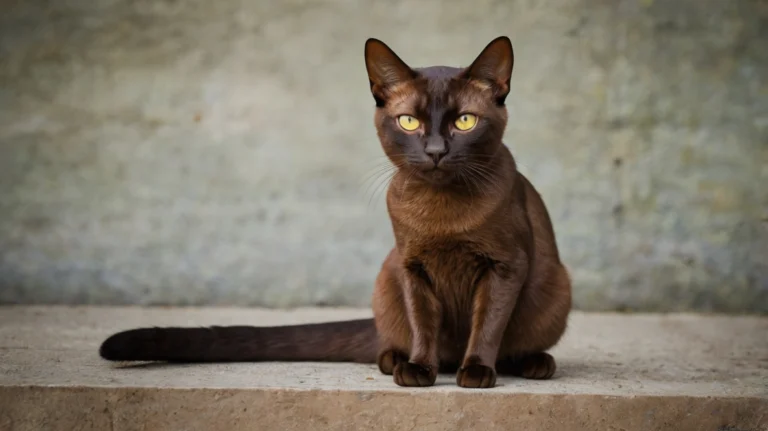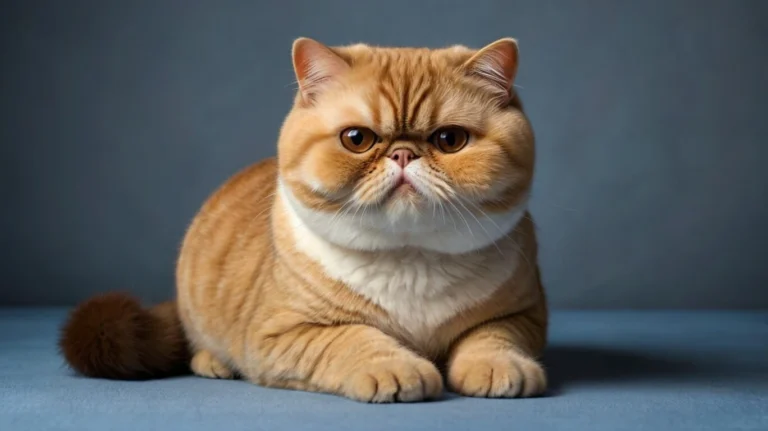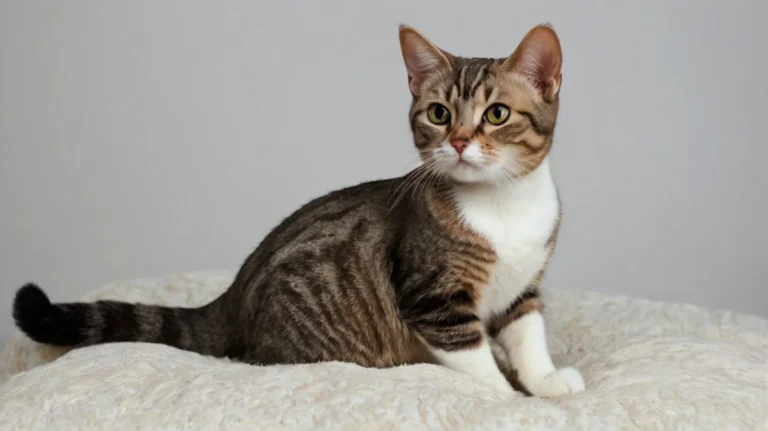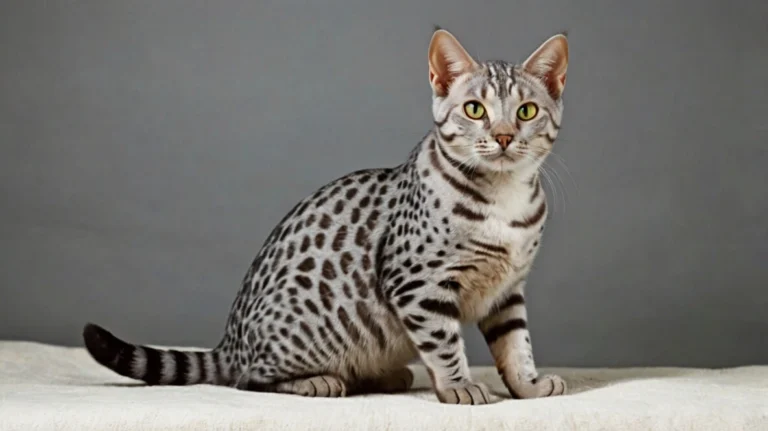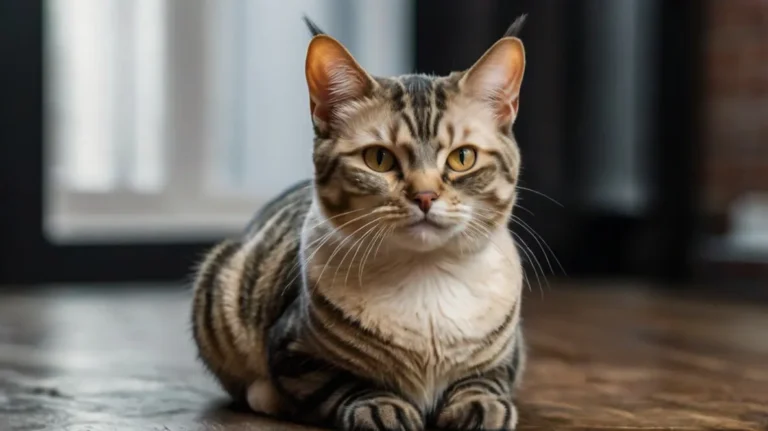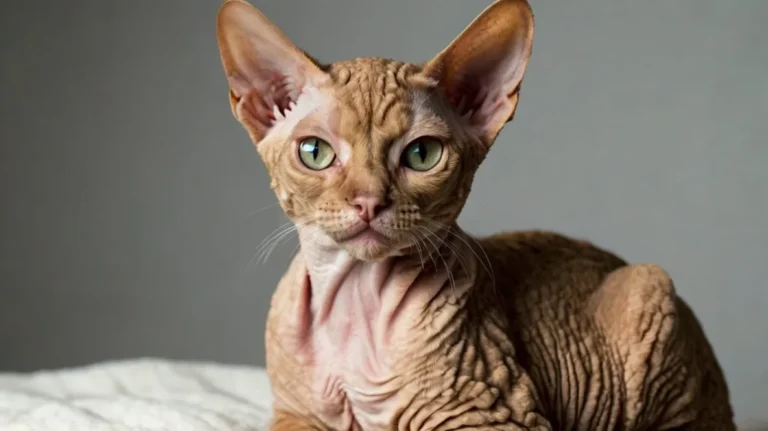The American Domestic cat : caracteristics, Personality and History
Introduction
The American Domestic cat represents the beloved “everyday” feline found in households across the United States. While not a formal breed, these cats—often called Domestic Shorthairs (DSH) or Longhairs (DLH)—are cherished for their unique personalities, hardy health, and diverse appearances. From sleek tabbies to fluffy calicos, American Domestics showcase the natural beauty and adaptability of cats thriving in human homes.
This guide explores their origins, common traits, care needs, and why they make wonderful companions—perfect for first-time owners and experienced cat lovers alike.
History & Background of American Domestic Cats
American Domestics trace their roots to early settlers and natural evolution:
- Descended from European cats brought by colonists (1600s–1800s)
- Mixed with local populations, creating diverse genetics
- Not pedigreed but recognized by major organizations (e.g., ACFA)
- Make up ~90% of U.S. pet cats
Physical Characteristics
Domestic cats vary widely but share common traits:
✔ Coat:
- Shorthair (DSH): Dense, low-maintenance
- Longhair (DLH): Fluffy, requires brushing
✔ Colors/Patterns: - Tabby, solid, bicolor, tortoiseshell, calico
✔ Size: 8–15 lbs (males larger)
✔ Lifespan: 12–20 years with proper care
Personality & Temperament
Since they’re not bred for specific traits, personalities vary but often include:
- Adaptable – Thrives in apartments or houses
- Independent yet affectionate – Some cuddly, some aloof
- Playful hunters – Many retain strong prey drive
- Vocal range – From silent to chatty
Care & Health Tips
Grooming:
- DSH: Weekly brushing
- DLH: 2–3x weekly to prevent mats
Diet:
- High-protein food (avoid fillers like corn)
- Portion control (obesity is common)
Common Health Issues:
- Dental disease (brush teeth regularly)
- Urinary/kidney problems (hydration is key)
Why Choose an American Domestic?
✅ Pros:
- Lower cost (often 0–0–200 from shelters)
- Diverse looks/personalities
- Generally healthy (mixed genetics)
❌ Cons:
- Unpredictable traits (vs. purebreds)
- May need training (e.g., scratching habits)
Adoption Tips
- Shelters: Best for adult cats (personality known)
- Rescues: Kittens often available
- Check for: Clean coat, bright eyes, sociability
🔗 Find adoptables: Petfinder
Final Thoughts
The American Domestic cat proves that mixed-breed felines can be just as loving, beautiful, and entertaining as pedigreed cats. With proper care, these adaptable companions offer years of joy—whether they’re a mischievous tabby or a regal longhair.
Considering adoption? Visit local shelters to meet your perfect match!
For more information on different feline varieties, explore our complete guide to All About Cat Breeds


